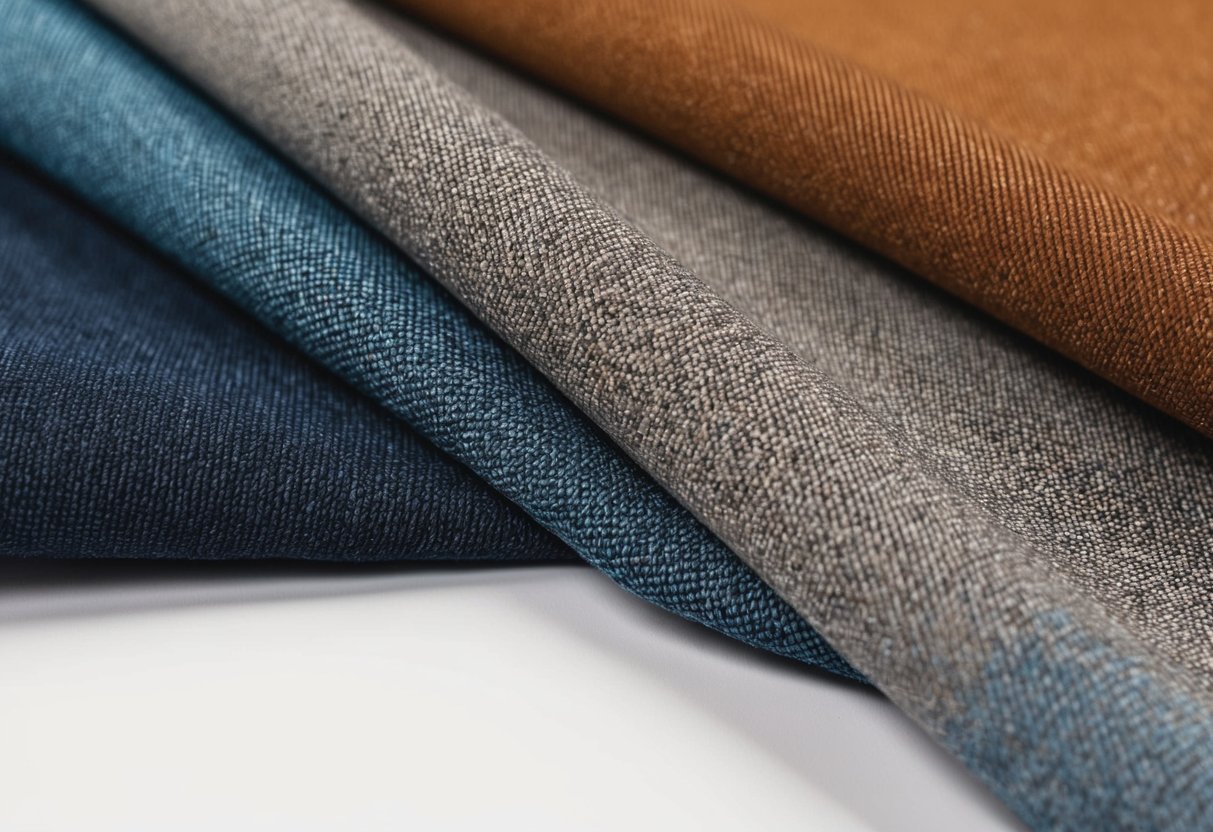Designing the perfect custom T-shirt is about more than just slapping a logo on fabric. It’s a thoughtful process that involves choosing the right materials, selecting the ideal fit, creating an eye-catching design, and aligning with current consumer values—like sustainability. Whether you’re printing shirts for a brand, event, or merch line, each decision contributes to how your final product looks, feels, and performs.
In this guide, we’ll break down the key elements that go into designing a high-quality, impactful T-shirt that stands out from the rest.
What is the Best Fabric for a T-shirt?
The first step in designing a great T-shirt is selecting the right fabric. Your fabric sets the foundation for comfort, durability, and print quality. Cotton is the most popular choice due to its softness and breathability—over 60% of T-shirts sold globally are made from cotton. For more durability and wrinkle resistance, cotton-polyester blends (used in around 50% of printed tees) are a smart option, especially for activewear or frequent washing.

How to Choose the Perfect Fit?
Fit is one of the most important factors in designing a custom T-shirt that customers will love. Just like in the booming slim fit jeans market—which was valued at $15.8 billion in 2022 and is projected to grow steadily—consumers are increasingly favoring modern and slim fits over traditional cuts.
Why? Younger consumers (ages 18-34), who are the largest segment driving fashion trends, prefer clothing that offers a streamlined, tailored silhouette that complements their style and body shape. This shift is not just limited to jeans—T-shirts with a modern or slim fit provide the same flattering effect and appeal to this fashion-conscious group.
While classic or regular fits remain popular for their comfort and versatility, offering modern and slim fit options gives customers more choices to express their personal style while staying on trend.
What Makes a Great T-shirt Design?
The design of a T-shirt can make or break its appeal. Research shows that 35% of consumers are drawn to T-shirts with graphic designs, while 27% prefer plain T-shirts. When designing a T-shirt, it's essential to consider factors like color, typography, and imagery to create a visually appealing design that resonates with the target audience.

Why is Sustainability Important in T-shirt Design?
In recent years, there has been a growing demand for sustainable fashion, including eco-friendly T-shirts. Studies show that 57% of consumers are willing to pay more for sustainable products. By using organic cotton, recycled materials, or eco-friendly dyes in T-shirt production, designers can appeal to environmentally conscious consumers and reduce the environmental impact of their products.

Conclusion
Designing the perfect T-shirt requires careful consideration of fabric, fit, design, and sustainability. By focusing on these key elements, designers can create T-shirts that not only look great but also meet the needs and preferences of their target audience. Whether it's a classic cotton tee or a trendy graphic design, the perfect T-shirt is a combination of style, comfort, and sustainability.
Learn more about custom t-shirt printing methods
Elevate your T-shirt game with thoughtful design choices—create yours today.

